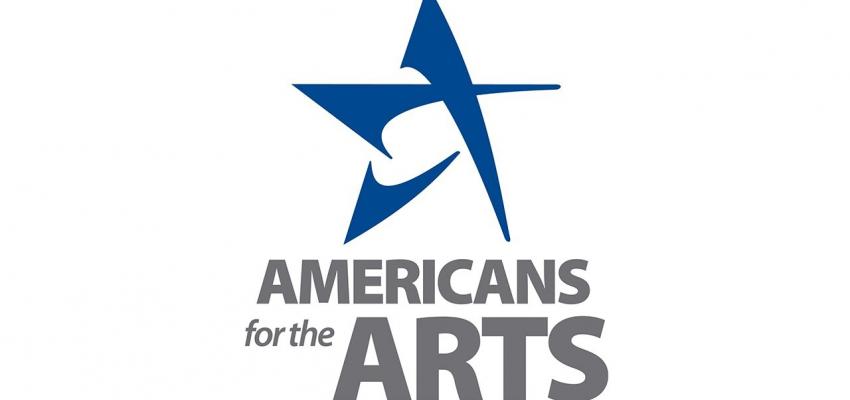Americans for the Arts recently released their National Arts Index. Measuring data from 1998-2008, this report measures “the health and vitality of arts in the United States by using 76 equal weighted, national-level indicators of arts activity.” A report with an index score based on these factors will be released annually moving forward.

I participated in an AFTA webinar led by Randy Cohen explaining the National Arts Index Wednesday afternoon, and let me tell you, these statistics point to some interesting trends. A brief overview as well as the full report can be found here.
What I found particularly striking was that the percentage of the U.S. population that attends live arts events has decreased over the past decade while there has been an increase in personal creation and consumption of the arts. Naturally, the question of how organizations can tap into this growing market was posed. Additionally, while there has been a decrease in foundation and corporation charitable giving, there has been a steady increase in the number of artists, arts organizations and arts businesses. In fact—hold onto your hat—according to Urban Institute, from 2003-2008 on average a new non-profit arts organization was created every 3 hours! As one might expect based on the decrease in funding, unfortunately 1 in 3 fails to break even. The subject of looking into more viable structures was brought up as one possible solution. These statistics raise a lot of questions, but as Mr. Cohen explained in his webinar, “The National Arts Index is the beginning of the conversation, not the end.”
Based on the data, these conclusions were reached:
• The National Arts Index fell 4.2 percentage points in 2008, reflecting losses in charitable giving and declining attendance at larger cultural institutions—even as the number of arts organizations grew.
• The arts follow the nation’s business cycle—not surprising as the arts are composed of 100,000 nonprofit arts organizations and 600,000 more arts businesses, 2.24 million artists in the workforce, and count on billions of dollars in consumer spending. Based on past patterns, we estimate an arts rebound to begin in 2011.
• Demand for the arts lags capacity. From 1998 and 2008, there was annual growth in capacity of the arts industries—a steady increase in the number of artists, arts businesses and nonprofit arts organizations, and arts-related employment. Nonprofit arts organizations alone grew in number from 73,000 to 104,000 during this span of time. That one out of three failed to achieve a balanced budget even during the strongest economic years of this decade suggests that sustaining this capacity is a growing challenge.
• How the public participates in and consumes the arts is expanding. The arts participation measure is on the increase. Personal arts creation by the public growing steadily (making art, playing music). Attendance at mainstream nonprofit arts organizations, however, is in decline. Technology has also had an impact: 50 percent of music and CD stores have disappeared in the past 5 years, while the number of online downloads grown four-fold in just the past three years.
• The subsidy model is struggling. Arts and culture continues to lose their market share of philanthropy to other charitable areas—a decline that began well before the current economic downturn.
• Demand for arts in education is up. A growing percentage of college-bound high school seniors are getting 4 years of arts and music, even as other national studies point to a decline in arts education. College arts degrees conferred annually have increased from 75,000 to 120,000 in the past decade.
• The competitiveness of the arts is slipping. Overall, the arts are not “stacking up” well against other uses of audience members’ time, donor and funder commitment, or spending when compared to non-arts sectors.








